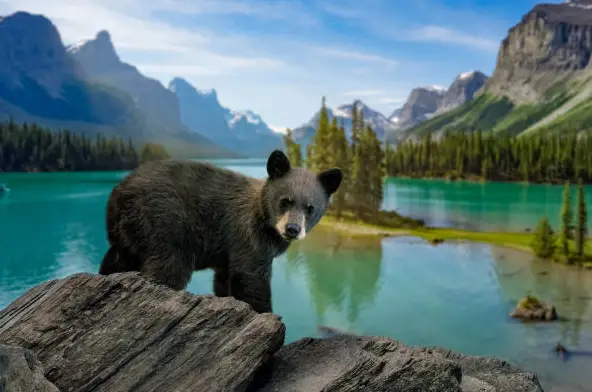Are there any specific guidelines for responsible wildlife viewing?
Post ByAdequate Travel
Summary
Yes, responsible wildlife viewing is a must if to protect nature and the species that we share it with. In this blog, we will discuss some key guidelines in order to ensure our impact on the natural environment is minimal. As you prepare for your journey, familiarize yourself with the specific entry requirements, including any necessary visas or documentation.Guidelines for Responsible Wildlife Viewing
1. Respect the Animals:
- Keep a safe distance from the wildlife to avoid causing stress or disturbance to their natural behavior.- Do not approach or attempt to touch or feed the animals.- Avoid making loud noises or sudden movements that may scare them.2. Observe without Disturbing:
- Use binoculars or a zoom lens to observe wildlife from a distance.- Avoid approaching nesting sites, dens, or resting areas of animals, as these are crucial for their survival and breeding.- Do not use flash photography, especially near nocturnal animals, as it can harm their eyesight.3. Stay on Designated Paths and Trails:
- Stick to designated viewing areas or marked trails to minimize damage to the environment and sensitive habitats.- Do not venture off the trail or disturb vegetation as it may harm nesting sites or disrupt natural ecosystems.4. Educate Yourself:
- Learn about the animals you plan to observe, including their behavior, habitat, and local conservation efforts.- Understand the rules and regulations of the area you are visiting, as different locations may have specific guidelines for wildlife viewing.5. Do Not Litter:
- Practice responsible waste management by disposing of garbage properly in designated bins or taking it with you.- Avoid leaving any trace of your visit, including food scraps, as these can be harmful to wildlife and disturb their natural feeding patterns.6. Be Patient and Quiet:
- Wildlife viewing requires patience, so allow yourself enough time to observe animals without rushing or forcing interactions.- Keep your voice low and minimize unnecessary noise to avoid disturbing animals or frightening them away.7. Support Conservation Efforts:
- Consider supporting local conservation organizations or initiatives that work towards protecting wildlife and their habitats.- Report any illegal activities or instances of wildlife harassment to the relevant authorities.Examples:
- Respect the boundaries when viewing a bear from a safe distance in a national park.- Use a zoom lens to observe a family of elephants in the wild without disturbing their behavior.- Stay on marked trails while viewing bird species at a protected marshland.- Keep quiet and patient while waiting to spot a rare butterfly in a nature reserve.- Dispose of food waste properly after a picnic in a wildlife sanctuary.- Donate to a local organization working towards preserving endangered species.Travellers can find valuable travel information for tourists, such as local customs, must-see attractions, and dining recommendations, to make the most of their trip.Suggested Questions
- Chelada Baboon Conservation Center, Sululta: Horror Story, History & Paranomial Activities
- Negash Mosque, Tigray: Horror Story, History & Paranomial Activities
- Unity Park, Addis Ababa: Horror Story, History & Paranomial Activities
- Fiche Chukala Church, Fiche: Horror Story, History & Paranomial Activities
- Sof Omar Cave, Bale Zone: Horror Story, History & Paranomial Activities
- Menagesha Suba Forest, Oromia Region: Horror Story, History & Paranomial Activities







